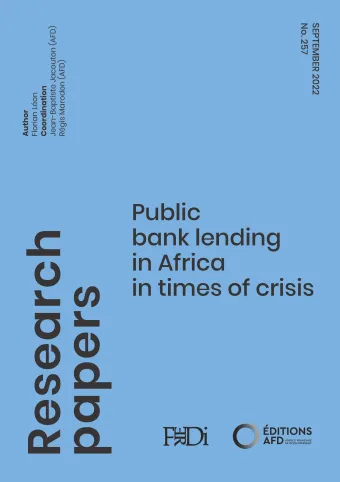Share the page
Public bank lending in Africa in times of crisis
Published on

This paper examines public bank lending in Africa in times of crisis. To do so, we exploit an original data set covering all banks operating in eight West African countries. The final sample considers 112 banks, including 24 public banks, over the period 2000-2019. We focus on how public banks react during and in the three years after macroeconomic shocks.
Our empirical analysis provides the following results:
- First, lending activity is reduced in the wave of a crisis.
- Second, public and private banks do not differ in their lending decisions during a downturn. However, public banks do not reduce their activity in years following a crisis, contrary to domestic private banks.
- Third, the most probable explanation of the previous finding is the stability of the resources of public banks, especially deposits.
- Finally, the countercyclicality of public banks does not come at the expense of the degradation of public banks’ health.
Useful Information
-
Authors
-
Florian LEON
-
Coordinators
-
Edition
-
257
-
Number of pages
-
46
-
ISSN
-
2492 - 2846
-
Collection
-
Research Papers
